This article aims to explain the issues relating to problems caused by anal glands or anal sacs in cats.
Quick Overview: Cat Anal Gland Problems
Urgency: Mild to Moderate
Requires Vet Visit: Yes
May be Linked to: Full anal sacs, anal sac impactions, anal sac infection, anal sac abscess, anal sac cancer
Treatment Options: High fiber diets can be useful for helping sacs express more fully during bowel movements, full/impacted anal sacs can just be manually expressed by a veterinarian, antibiotics for infections and abscesses, surgical removal in case of cancer.
What Are Anal Glands and Anal Sacs?
The anatomical details here are important:
- The “anal sacs” are small, balloon-like structures on either side of the anus, just inside the anal sphincter
- The “anal glands” describes the glandular tissue that produces the secretion that fills the anal sacs.
When discussing this topic, it is simpler to refer to anal sacs, rather than anal glands, as it is the sacs themselves that tend to be the focus of the problems.
What Are the Details of Anal Sacs?
Cats are like dogs, ferrets, skunks and many other animals, in that all of these species have two small anal sacs which produce a strong smelling glandular secretion. The sacs, one on the left and one on the right of the anus, lie just beneath the skin, at o’clock positions often described as “4 o’clock” and “8 o’clock”.
Each sac is connected by a narrow duct to the rectum, just inside the anus. Every time the animal passes feces, the anal sac is physically squeezed out by the physical pressure caused by the bowel movement, with the secretion coating the outside of the feces.
Some animals are able to empty the anal sacs independently of passing feces, by contracting the muscles in the anal sac, causing the secretion to be pushed out separately.
The anal sac secretion is a carrier of important messages in the animal world. Anal sac scent marks are one of the ways that pets leave a sign to let other animals know that they have passed by: they are an important part of territorial messaging in the animal world.
What Causes Cat Anal Gland Problems?
The anal sacs can become diseased for different reasons, although compared to dogs, anal sac disease in cats only happens rarely.
The most common problem is simple: the anal sacs stop emptying properly, and become over-full. Anal sacs are normally around the size of a small pea (5mm diameter), but they can expand to the size of a large pea (over 10mm diameter). If they are over-full like this, the anal sacs may become painful and itchy.
Other issues that can affect anal sacs include impaction (when the secretion changes from liquid to almost solid), bacterial infections including abscesses, and neoplasia (tumors, or cancer).
Why Do Anal Sacs Become Over-full?
A cat’s anal glands may become overly-full if their diet lacks enough bulk to push their anal secretions out during defecation.
There are different reasons anal sacs may not empty properly, but the most common cause may be that in some cats, the diet is not bulky enough to enable the sacs to be squeezed out effectively by the fecal pellet or poop.
In their natural state in the wild, cats are more likely to eat fur, skin, bones and other non-digestible matter that passes through their digestive system intact, resulting in large, firm, feces which effectively places pressure on the anal sacs, squeezing them and emptying them out. Modern pet cats tend to eat highly processed food, resulting in smaller, less bulky, softer fecal pellets, or even just soft stools, that may not be effective enough at emptying the anal sacs.
For most cats, this is not a problem: the anal sacs continue to empty effectively naturally. Sometimes, however, the anal sacs swell up because of the build-up with accumulated secretion which is not emptying out. The anal sacs become swollen and uncomfortable, causing the cat to feel itchy in this area.
Some cats start to scoot their rear end along the ground. Sometimes the scooting behaviour solves the problem: some cats are able to naturally empty their own anal sacs by doing this. But in most cases, the anal sacs remain over-full and itchy, and human intervention is needed to sort things out.
Symptoms of Anal Sac Problems in Cats
The most common sign of anal sac problems is itchiness and pain in the area around the anus. The cat may be “scooting” along the ground, licking under the tail, or even chewing around the base of the tail.
Sometimes they might show pain when defecating in the litter box. Sometimes cats start to hold their tail in a different way. Occasionally there may be a foul odor from the anal area, or a discharge of foul smelling fluid from the anus, or from an opening in the skin beside the anus (a so-called “fistula”).
Treatment for Anal Sac Problems in Cats
While most anal gland problems can be resolved through simple at-home treatment, some more severe cases and complications may demand a trip to the veterinarian so that your cat can receive expert care.
Over-Full or Impacted Anal Sacs
Impaction may be treated with manual expression. This is best done by your DVM veterinarian and it is usually a simple procedure that can be done during a routine consultation.
If the anal sac is impacted, the secretions may be very thick and even semi-solid. In such cases, saline may need to be instilled into the sac to help to liquify the impaction so that it can be squeezed out.
After the anal sacs have been expressed, they may sometimes be flushed with saline or an antiseptic solution. For these more complex and potentially uncomfortable interventions, sedation may be needed.
Bacterial Infections of Anal Sacs
Infections of anal sacs are sometimes referred to as “anal sacculitis”. After manual expression of affected anal sacs, a topical product may be instilled into the sacs, through the small ducts that connect the sac to the rectum.
This infusion may include ingredients such as antiseptic or antibacterial products, anti-yeast medication, and/or anti-inflammatory drugs to reduce inflammation and irritation. This procedure may need to be repeated a few times e.g. once weekly.
Anal Sac Abscesses
If an anal sac infection has progressed to abscess formation, this needs to be surgically drained. Sometimes the abscess may have already burst, with a fistula opening to the skin creating a discharge beside the anus.
If this has not happened, a scalpel blade will be needed to lance the abscess. The abscessed area then needs to be flushed with an antiseptic solution, and infused with a topical product such as antibiotic. Systemic antibiotics will also often be prescribed by your veterinarian.
Anal Sac Adenorcarcinoma
Cancer of the anal sacs, or anal sac adenocarcinoma, is rare in cats. The most common signs are difficulty or pain when defecating, constipation, swelling beside the anus, and sometimes ulcerated areas, and/or a brown or bloody discharge.
Fecal pellets may appear abnormal, and the cat may have an abnormal tail carriage. Like any cancer, this condition requires a detailed investigation by your veterinarian so that an accurate diagnosis can be made. Treatment of this specific problem can include surgery, chemotherapy and in some cases, irradiation.
Surgical Removal of Anal Sacs
In cases of anal sac tumors, if an anal sac impaction or infection does not respond to treatment, or if a problem of this type continues to recur, surgical removal of the anal sacs (so-called “anal sacculectomy”) may be recommended. In most cases, both anal sacs will be removed even if there is only a problem with only one sac.
Some complications are possible after this surgery, including wound infections, fistula formation and fecal incontinence.
Adjunctive Therapy
If a cat has discomfort in the anal area because of these small glands under the tail, warm compresses can be applied to the anal region twice daily. A highly digestible, low-fat, high-fiber diet may help to create firmer, bulkier stools which will naturally massage the anal sacs during defecation.
How To Express Your Cat’s Anal Glands?
You may want the help of an expert the first time, but expressing your cat’s anal glands is simpler than it sounds.
Anal sac expression is generally a task to be undertaken under professional supervision for the first time, if you wish to learn to do this yourself.
Essentially, you should wear a protective glove, the cat’s tail should be raised with one hand, and you should use your index finger and thumb of the other hand to gently squeeze the tissue immediately below the anus.
Visualise squeezing two small sacs at 4 and 8 o’clock. Squeeze gently but firmly, and you may be able to feel the small pea-like structures gradually reducing in size as their contents empty into the rectum. Sometimes their secretion is ejected straight out of the anus like a water pistol, and you may need to take care that you don’t inadvertently squirt the secretion onto yourself.
Conclusion
Anal sac or anal gland problems are rare in cats, but a basic understanding of the anatomy and functioning of these structures, along with their common problems, will make it easier to deal with such issues if they arise.
Frequently Asked Questions
Do cats need to have their glands squeezed?
It is rare for cats to need to have their anal sacs squeezed, and it is best to follow the advice of your veterinarian before deciding that this is needed.
How do you prevent anal gland problems in cats?
Most cats naturally have healthy anal glands and anal sacs. The best way to prevent problems is to keep your cat on a good quality diet that produces firm, reasonably bulky fecal pellets.
How do you treat a cat's sore bottom?
There are many possible causes of a sore bottom in a cat, so it is always best to get the opinion of a veterinarian about what is going on before deciding on any treatment plan. As a general supportive therapy if you cannot immediately see a veterinarian, you can safely use warm compresses such as wads of cotton wool, soaked in warm water, and applied gently to the area around the anus.
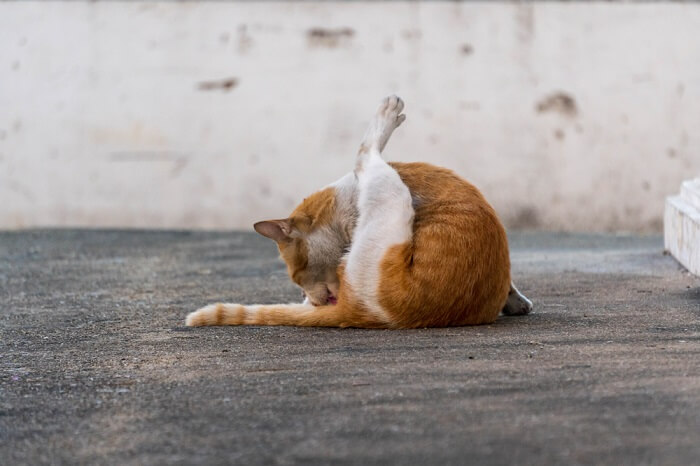
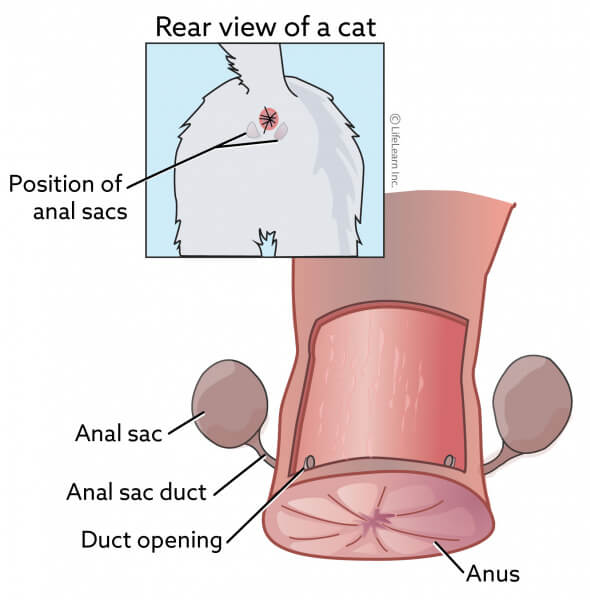
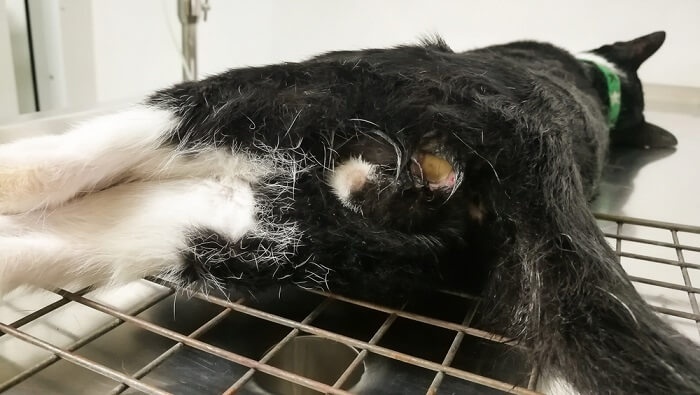
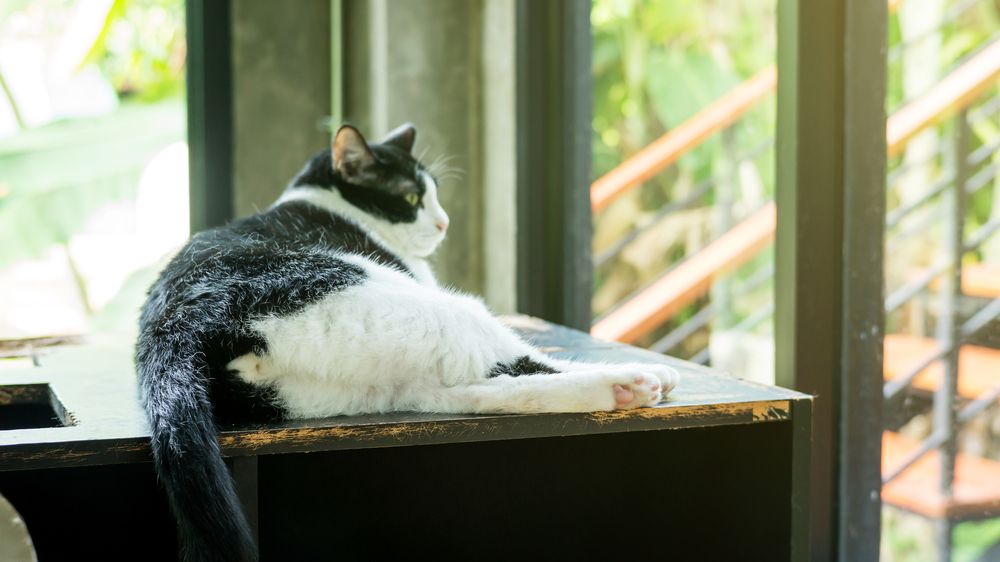
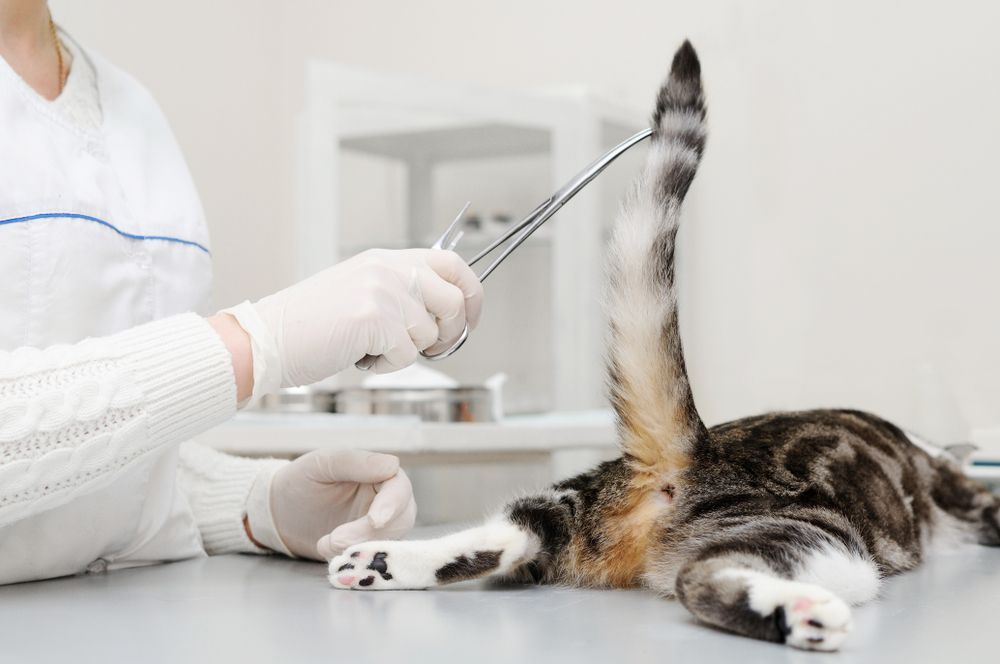


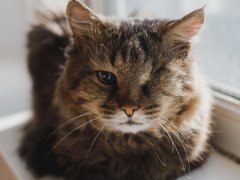
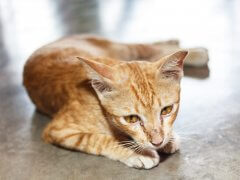




Thank you so much for the informative article. My question is do we need to get pretty litter and check the colors? Is that affected with anal gland problems? We’ve never had any other problems with our cat she’s 15 right now. Our other two cats lived to be 23 and 25. So we’re pretty good with cats but we’ve never had this problem.
Thank you
Hi there. I don’t believe that Pretty Litter would do much to help you with anal gland issues—it’s primarily useful for identifying pH fluctuations in the urine. I would recommend consulting with a veterinarian to determine the appropriate steps to take. Wishing you and your cat all the best!
My cat had her anal glands removed years ago and has had to have enemas, a lot of them, because she can’t poop. It’s painful and very discomfort able for her and trips to the vet is traumatic!
What can I do? Enemas, xrays, anssetics, etc, sre really expense, $300-500 a trip.
Is there anything surgically that can done to ease her pooping/constipation?
Thank you.
Surgery is unlikely to be an answer here. Talk to you veterinarian about the possibility of using stool softeners such as Lactulose regularly to stop the constipation from developing in the first place.
Pete
Hi. My 15 year old cat has same medical issue. Took to vet last year and got her to give him antibiotic injection. He was good for a year. If I notice he is constpated I give him Smooth BM fot cats by Pet Wellbeing. It’s all natural. Also changed his dry food to Blue Buffalo Chicken. It has the highest fiber content available. Give canned food and plenty of water. Also try to clean area a few times a day with warm water
I mix high fiber dry meal to her regular food, Purina One, add Miralax to her wet food and mix Miralax to her water. But, she is ok for awhile, then gets stopped up. I once gave her too much Miralax and she had terrible diarrhea, which is not good. Thanks for the response.
The hosp I was referred to promised me there would be no complications after the surgery, they lied to me, and something went wrong with the surgery.
Can you suggest a good high fiber wet and dry food for my cat who has ansl gland issues. Really need to bulk up her poop. Right now she’s on Purina Beyond Dry Grain Free Whitefish and Canned Instinct Rabbit or chicken. I’m wondering if her anals having to be expressed is from a food allergy? We go once per month.
Hi there! I would recommend checking out our list of the best high-fiber cat foods. Consider a supplement like Glandex to give even more of a boost.